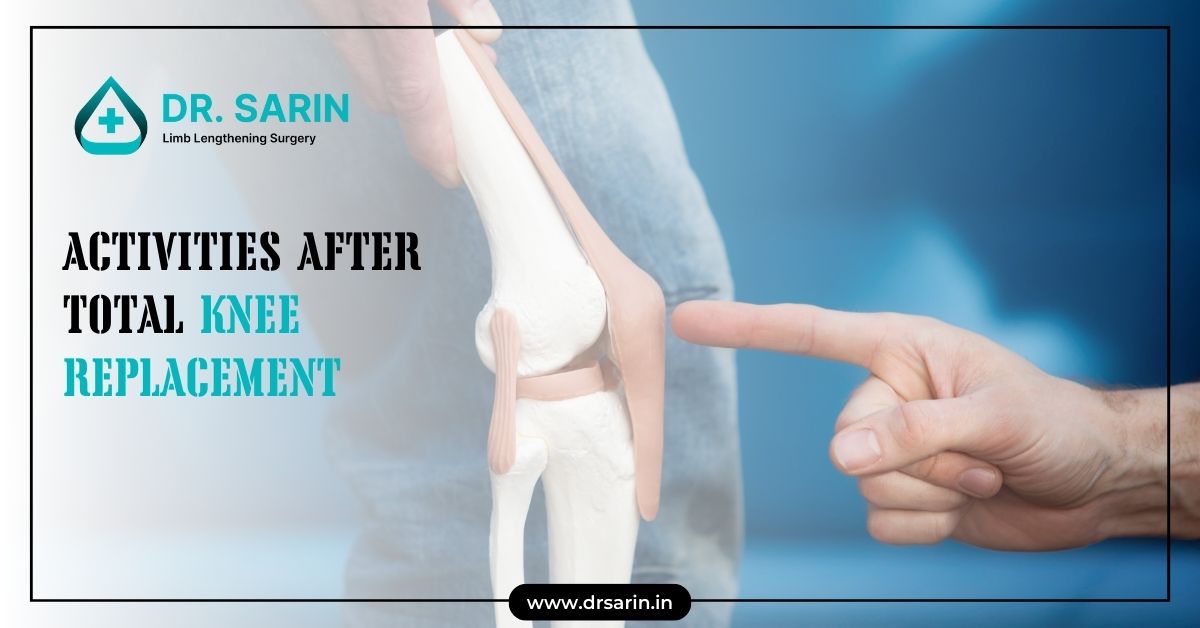Skeletal dysplasia is a group of rare genetic disorders that affect the development and growth of bones and cartilage, leading to abnormalities in the size and shape of the limbs, spine, and other skeletal structures. These disorders, often referred to as dwarfism or short stature conditions, can vary widely in severity, from mild cases that result in short stature with few complications, to more severe forms that can cause significant physical and functional impairments.
Skeletal dysplasia affects people from all racial and ethnic backgrounds and can manifest at any stage of development, from prenatal life through adulthood. The condition is caused by mutations in various genes that regulate bone and cartilage development, leading to a wide range of clinical presentations.
What are the Types of Skeletal Dysplasia?
There are over 400 different types of skeletal dysplasia, each with its unique characteristics and genetic causes. The most common and well-known types include:
Achondroplasia: This is the most common form of dwarfism, characterized by short stature, with disproportionately short arms and legs, a large head, and a prominent forehead. Achondroplasia is caused by mutations in the FGFR3 gene.
Thanatophoric Dysplasia: This is a severe form of skeletal dysplasia that is often fatal in infancy. It is characterized by extremely short limbs, narrow chest, and a small ribcage that can lead to respiratory insufficiency. It is also caused by mutations in the FGFR3 gene.
Osteogenesis Imperfecta: Also known as brittle bone disease, this group of disorders is characterized by fragile bones that break easily, often with little or no apparent cause. The severity of osteogenesis imperfecta can vary widely, from mild cases with only a few fractures to severe cases with multiple fractures and bone deformities.
Multiple Epiphyseal Dysplasia: This condition affects the growth of the long bones, leading to short stature, joint pain, and early onset arthritis. It is caused by mutations in several different genes that are involved in cartilage and bone formation.
Diastrophic Dysplasia: This type of skeletal dysplasia is characterized by short stature, joint contractures, and deformities of the hands and feet. It can also lead to spinal deformities such as scoliosis.
Symptoms and Causes
The symptoms of skeletal dysplasia can vary widely depending on the specific type and severity of the condition. Common symptoms may include:
Short stature: Most forms of skeletal dysplasia result in short stature, which may be disproportionate, with shorter limbs compared to the trunk.
Abnormal bone growth: Irregularities in bone development can lead to deformities such as bowing of the legs, curvature of the spine (scoliosis or kyphosis), and a large head with a prominent forehead.
Joint problems: Many individuals with skeletal dysplasia experience joint pain, stiffness, or limited range of motion due to abnormal joint development.
Respiratory issues: Some forms of skeletal dysplasia, particularly those affecting the chest and ribcage, can lead to respiratory difficulties.
Hearing loss: Certain types of skeletal dysplasia can cause conductive hearing loss due to abnormalities in the bones of the middle ear.
The causes of skeletal dysplasia are primarily genetic. Mutations in specific genes that regulate bone and cartilage growth are responsible for these conditions. Some cases are inherited in an autosomal dominant or recessive manner, while others may result from spontaneous mutations that occur for the first time in the affected individual.
Diagnosis and Treatments
Diagnosing skeletal dysplasia typically involves a combination of clinical examination, imaging studies, and genetic testing. Prenatal ultrasound can sometimes detect signs of skeletal dysplasia before birth, especially in more severe cases. After birth, X-rays and other imaging techniques, such as MRI or CT scans, are used to assess bone abnormalities. Genetic testing is crucial for confirming the specific type of skeletal dysplasia and understanding the underlying genetic mutations.
Treatment for skeletal dysplasia depends on the specific type and severity of the condition. While there is no cure for skeletal dysplasia, various interventions can help manage symptoms and improve quality of life. These may include:
Orthopedic surgery: In some cases, surgery may be needed to correct bone deformities, stabilize joints, or address spinal issues such as scoliosis.
Physical therapy: Physical therapy can help improve mobility, strengthen muscles, and reduce joint pain.
Pain management: Medications or other therapies may be used to manage chronic pain associated with joint or bone abnormalities.
Hearing aids: For individuals with hearing loss due to skeletal dysplasia, hearing aids or other assistive devices may be beneficial.
Respiratory support: In cases where skeletal dysplasia affects the ribcage and breathing, respiratory support, such as ventilators or CPAP machines, may be necessary.
In conclusion, skeletal dysplasia is a complex group of genetic disorders that require a multidisciplinary approach to diagnosis and management. Early detection and intervention can significantly improve outcomes, allowing individuals with skeletal dysplasia to lead fulfilling lives despite the challenges posed by their condition.




